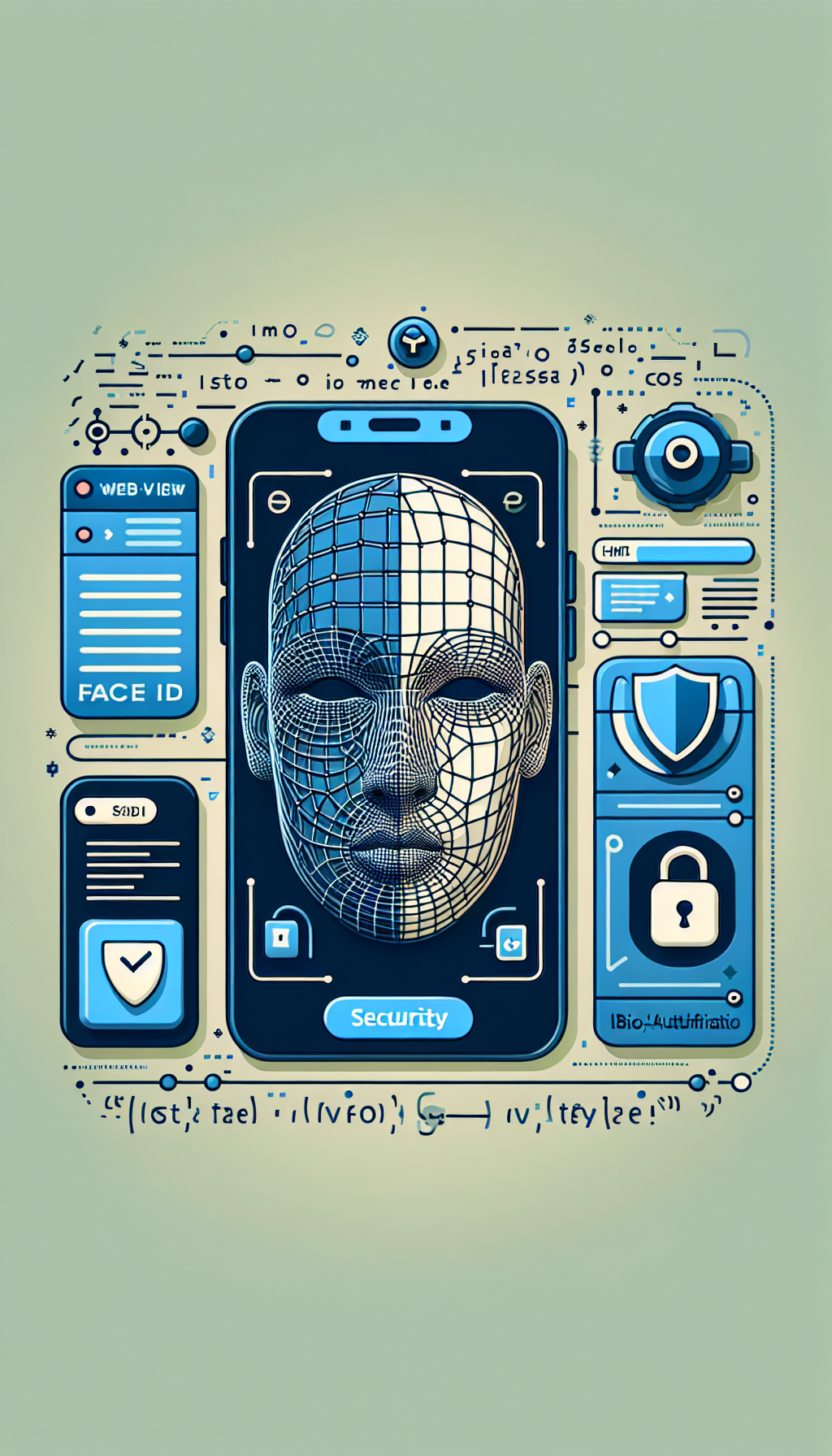
Understanding Bio Authentication (Face ID)
Face ID leverages advanced facial recognition technology to authenticate users securely. It not only boosts your app’s security level but also adds an unparalleled degree of convenience for the users. Users no longer have to rely solely on passwords or pin codes—rather they simply authenticate by glancing at their device. This technology stands out for its speed, reliability, and ease of use.
Benefits of Incorporating Face ID with Your WebView App
- Enhanced Security: Face ID utilizes technology that ensures only the authorized user can access sensitive app sections, dramatically reducing the chances of unauthorized use.
- Improved User Experience: Users appreciate seamless and frictionless log-ins that save them valuable time and reduce frustration.
- Reduced Reliance on Passwords: With Face ID authentication, users won’t struggle with forgotten passwords, significantly minimizing support requests and enhancing satisfaction.
How to Integrate Face ID Authentication in an iOS WebView App
To add Face ID functionality, you need to follow a few simple steps, which primarily involve using Apple’s LocalAuthentication framework:
- Add LocalAuthentication Framework: First, ensure your iOS project imports Apple’s native LocalAuthentication framework by adding the following import statement:
import LocalAuthentication - Implement the Authentication Logic: You can authenticate users via Face ID using a simple code snippet such as:
func authenticateUser() { let context = LAContext() var authError: NSError? if context.canEvaluatePolicy(.deviceOwnerAuthenticationWithBiometrics, error: &authError) { context.evaluatePolicy(.deviceOwnerAuthenticationWithBiometrics, localizedReason: Log in with Face ID) { success, error in DispatchQueue.main.async { if success { // Authentication successful. Grant access. } else { // Authentication failed; handle the error. } } } } else { // Device does not support Face ID; provide alternative authentication. } } - Connect Authentication to Your WebView: After successfully authenticating the user, you can pass authentication tokens or session IDs from the native layer directly to the WebView instance. This ensures smooth integration and a reliable user session management process.
Making Your Life Easier with WebViewGold for Android
If you have an existing website and aim to convert it effortlessly into a mobile app, check out WebViewGold for Android, a reliable solution that quickly transforms web pages into fully-functional Android applications. Although our main focus here is iOS, WebViewGold streamlines development processes across all platforms, ensuring a smooth transition from simple web content to professional, secure, and user-friendly apps without heavy coding.
Best Practices When Implementing Face ID Authentication
- Always Provide Alternative Login Methods: Not every user has Face ID-enabled devices; ensure smooth fallback options for authentication.
- Clearly Inform Your Users: Always inform users about how and when biometric data is used for authentication during transparency.
- Consistently Update App Security: Apple regularly updates Face ID’s capabilities; keep your app compatible and secure by promptly implementing these updates.
Wrapping Up

Leave a Reply